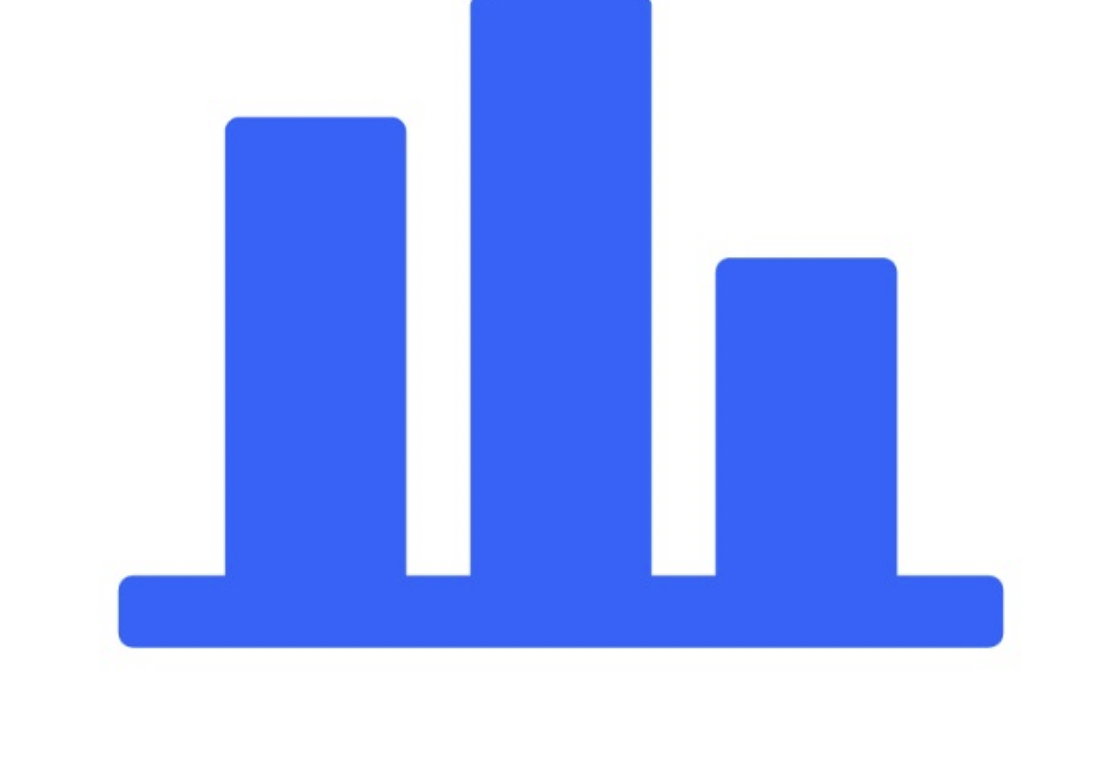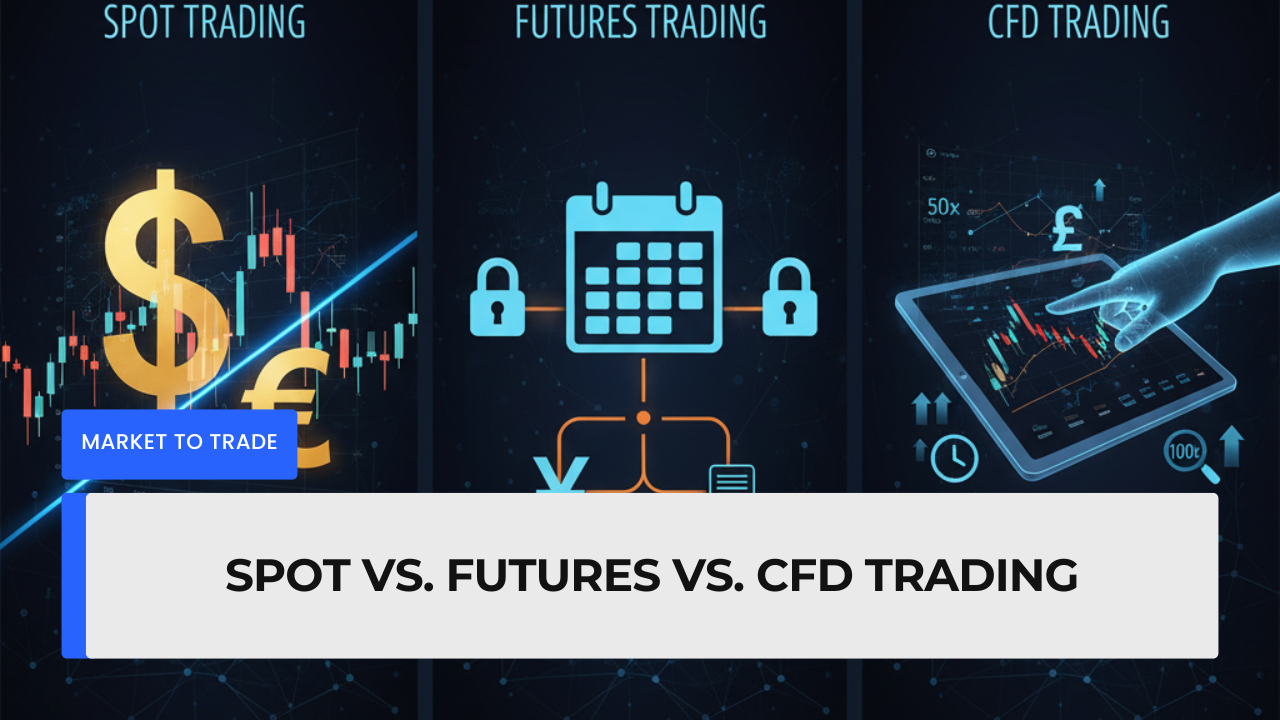Understanding the Different Ways to Trade Global Markets
In today’s financial world, traders have more choices than ever.
You can trade directly in the spot market, speculate on future prices with futures contracts, or trade CFDs (Contracts for Difference) for flexibility and leverage.
At Holo Forex, we believe that understanding how these trading methods work is just as important as understanding what you trade.
Each method has its own structure, purpose, and level of risk — and choosing the right one can shape your entire trading experience.
Let’s break down the key differences between spot, futures, and CFD trading, and see which approach best suits your goals.
1. What Is the Spot Market?
The spot market is where assets are bought and sold for immediate delivery — meaning you’re trading at the current market price, or the “spot price.”
This is the simplest and oldest form of trading, used for currencies, commodities, and even cryptocurrencies.
How It Works
You buy or sell an asset at the current price.
Settlement usually happens “on the spot” (within 1–2 business days).
In Forex, it’s the real market where currencies are exchanged physically or electronically.
Example:
If EUR/USD is trading at 1.1000, you buy 1 lot (€100,000) expecting the Euro to strengthen. If it rises to 1.1050, you profit from the 50-pip increase.
Advantages
Transparent and straightforward pricing
No expiration dates
Ideal for short-term trades or physical delivery
Disadvantages
Requires full capital upfront (no leverage in physical spot)
No flexibility to hedge or short-sell in traditional form
Pro Tip:
Spot trading is best for beginners learning how prices move in real time.
2. What Is Futures Trading?
The futures market is where traders agree to buy or sell an asset at a set price on a specific date in the future.
Originally created for farmers and manufacturers to hedge prices, it’s now widely used by institutions and speculators.
How It Works
Futures are standardized contracts traded on exchanges.
Traders don’t always intend to take delivery — most close positions before expiry.
Profits or losses are based on the difference between entry price and closing price.
Example:
A trader buys an oil futures contract at $80 expecting prices to rise. If oil reaches $85 before expiry, the trader profits $5 per barrel.
Advantages
Ability to hedge against future price changes
Transparent and regulated exchanges
Suited for large-scale investors and institutions
Disadvantages
Complex for beginners
Margin requirements can be high
Contracts expire — forcing rollover or settlement
Pro Tip:
Futures are great for traders who follow macroeconomic trends and need to hedge longer-term positions.
3. What Are CFDs (Contracts for Difference)?
CFDs are one of the most flexible and popular modern trading instruments.
They allow you to speculate on price movements (up or down) without owning the actual asset.
CFDs are available for Forex, stocks, indices, commodities, and even cryptocurrencies — all from a single trading platform.
How It Works
You open a position on whether the price will rise or fall.
The difference between your entry and exit price is your profit or loss.
You can trade with leverage, controlling large positions with smaller capital.
Example:
You open a CFD on gold (XAU/USD) at $1,900 expecting it to rise.
When it reaches $1,920, you close the trade and earn profit from the $20 move — without owning any gold.
Advantages
Trade both rising and falling markets
Access to multiple assets from one account
Low entry requirements and flexible leverage
No contract expiry dates
Disadvantages
Higher leverage = higher risk
Overnight financing costs for long-term holds
Requires disciplined risk management
Pro Tip:
CFDs are ideal for active retail traders who want fast execution and global market access.
4. Key Differences Between Spot, Futures, and CFD Trading
| Feature | Spot | Futures | CFDs |
|---|---|---|---|
| Ownership | Yes (you own the asset) | Contract agreement | No (speculative contract) |
| Leverage | Low to none | Medium | High |
| Expiry | Immediate | Fixed date | None |
| Market Access | Physical & OTC | Exchange-based | Broker-based |
| Risk Level | Low–Medium | Medium–High | High (due to leverage) |
| Best For | Beginners & investors | Institutions, hedgers | Active retail traders |
5. Choosing the Right Method for You
Your choice depends on your trading goals, experience, and capital.
A. If You’re a Beginner
Start with spot trading or demo CFD accounts to learn price behavior and execution.
B. If You’re a Long-Term Investor
Use futures contracts to hedge your portfolio or lock in prices.
C. If You’re an Active Trader
CFDs provide fast, flexible access to global markets — perfect for day or swing trading.
6. Managing Risk Across All Methods
No matter which market you trade, risk management is key.
✅ Always use stop-loss orders.
✅ Limit leverage to what you can afford to lose.
✅ Trade with regulated brokers.
✅ Stay informed on global news and volatility events.
Pro Tip:
The instrument doesn’t make a trader successful — discipline and risk control do.
Key Takeaways
✅ Spot trading = simple, real-time market access.
✅ Futures trading = structured, long-term speculation or hedging.
✅ CFD trading = flexible, leveraged, and ideal for global market access.
✅ Each method has unique risks — choose based on your strategy and goals.
✅ Always prioritize education and risk control before scaling up.
Final Thoughts
Each trading style — spot, futures, or CFD — offers a different path to the same goal: taking advantage of price movements in global markets.
Your success depends not on which method you choose, but on how well you understand and manage it.
At Holo Forex, we guide traders to find their ideal approach — whether it’s simplicity, strategy, or speed.
Because the more you understand the tools of trading, the more effectively you can use them to reach your goals.


